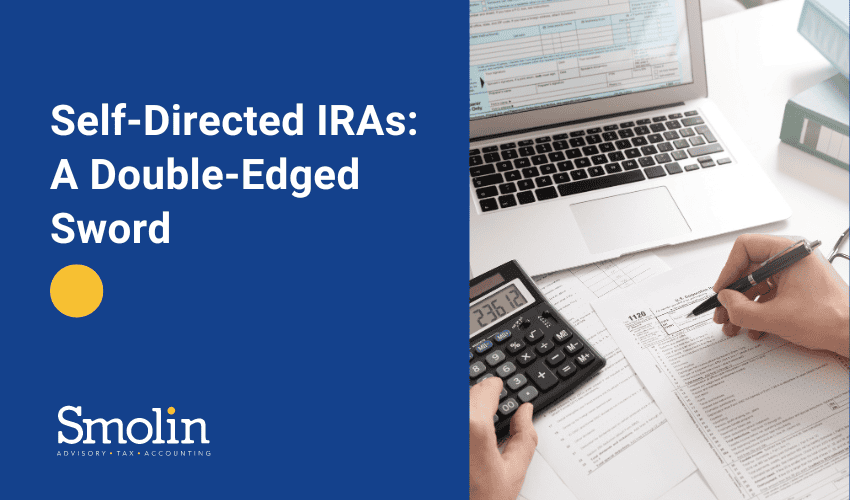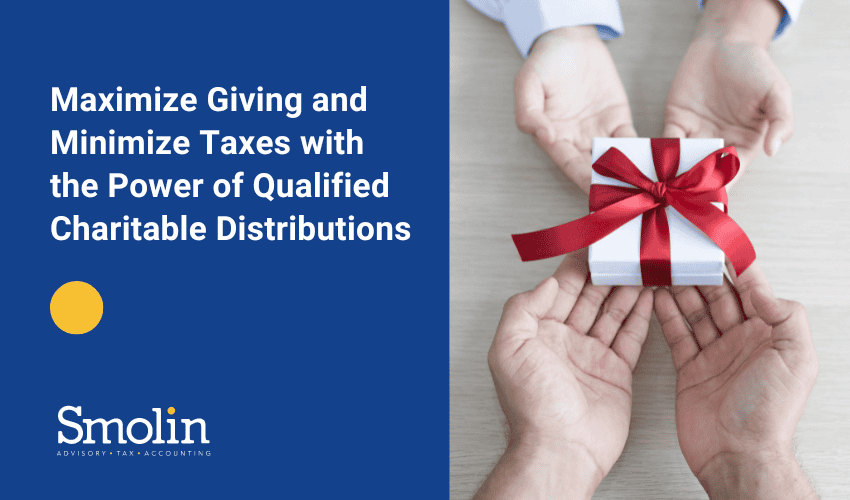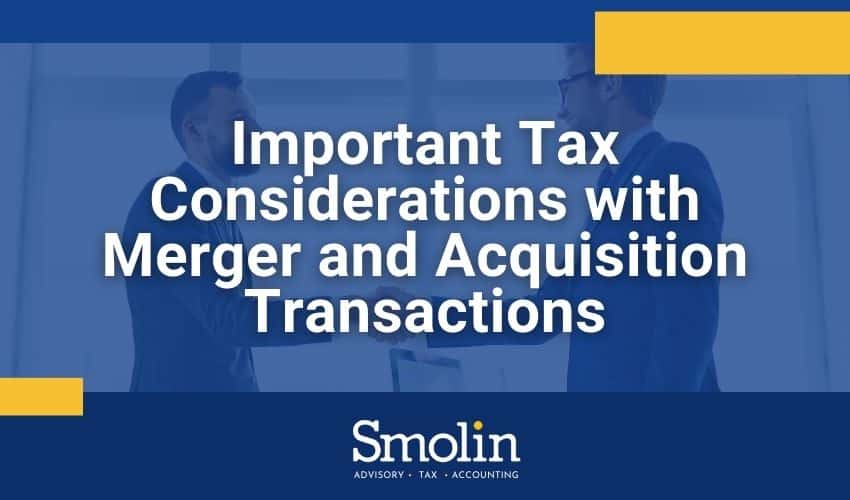A 2019 change to tax law ended the “stretch IRAs” strategy for most inherited IRAs. This means that beneficiaries now have 10 years to withdraw all of the funds. Since then, there’s been a lot of confusion about required minimum distributions (RMDs).
Thankfully, the IRS has now issued final regulations clarifying the “10-year rule” for inherited IRAs and defined contribution plans, like 401(k)s. In a nutshell, the final regulations largely align with proposed rules released in 2022.
The SECURE Act and 10-Year Rule
Under the Setting Every Community Up for Retirement Enhancement (SECURE) Act of 2019, most heirs except surviving spouses must withdraw the entire balance within 10 years of the original account owner’s death. In 2022, the IRS proposed regulations to clarify the rule. It outlines that beneficiaries must take their taxable RMDs over the course of the 10-year period after the account owner dies.
They are not permitted to wait until the end of 10 years to take a lump-sum distribution. This annual RMD requirement significantly limits beneficiaries’ tax planning flexibility and, depending on their situations, could push them into higher tax brackets during those years.
Confused beneficiaries reached out to the IRS trying to determine when they needed to start taking RMDs on recently inherited accounts. The uncertainty posed risks for both beneficiaries and the defined contribution plans.
This is because beneficiaries could have been assessed a tax penalty on amounts that should have been distributed but weren’t. And the plans could have been disqualified for non-compliance.
In response, the IRS waived penalties for taxpayers subject to the 10-year rule who missed 2021 and 2022 RMDs due to the death of the account owner in 2020 or 2021, respectively.
The waiver guidance also stated that the IRS would issue final regulations no earlier than 2023. When 2023 rolled around, the IRS extended the waiver relief to excuse 2023 missed RMDs if the participant died in 2020, 2021 or 2022.
As of April 2024, the IRS again extended the relief, this time for RMDs in 2024. If certain requirements are met, beneficiaries won’t be assessed a penalty on missed RMDs for these years, and plans will be safe from disqualification based solely on the missed RMDs.
2024 final regulations
The final regulations require certain beneficiaries to take annual RMDs from inherited IRAs or defined contribution plans within ten years following the account owner’s death. These regulations will take effect in 2025.
If the deceased hadn’t begun taking their RMDs before their death, beneficiaries have more flexibility. They can take annual RMDS or wait until the end of the 10-year period and take a lump-sum distribution. Ultimately, the IRS eliminated the requirement to take annual distribution, allowing beneficiaries greater tax planning flexibility.
For instance, if Ken inherited an IRA in 2021 from his father, who had already begun taking RMDs, under the IRS-issued waivers, Ken doesn’t need to take RMDs for 2022 through 2024. Under the final regulations, he must take annual RMDs for 2025 to 2030, with the account fully distributed by the end of 2031.
If Ken’s father had not started taking RMDs, Ken could have waited until the end of 2031 to take a lump-sum distribution. As long as the account is fully liquidated by the end of 2031, Ken remains in compliance with the rules.
Contact us with questions
If you’ve inherited an IRA or defined contribution plan in 2020 or later, it’s understandable to feel confused about the RMD rules. Reach out to your Smolin advisor for help understanding these regulations and developing a personalized tax-saving strategy.









